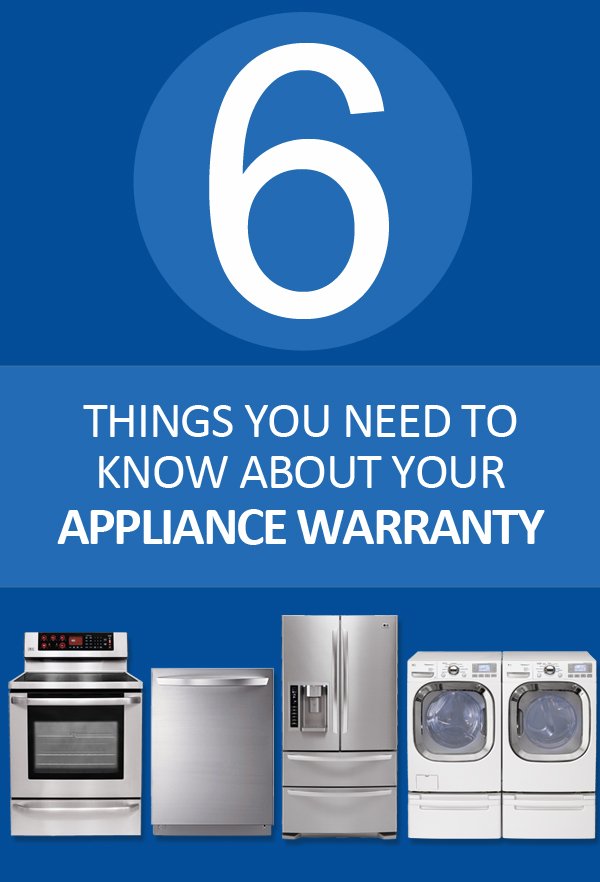
Honestly, reading through appliance warranties can feel like trying to decode a secret language. There’s fine print, footnotes, and more “does not cover” clauses than you expect. But the Whirlpool warranty isn’t out to trick you. If you know what’s included, and what’s not, you can get the most out of your appliances and avoid some stressful surprises down the line.
What’s Usually Included in a Whirlpool Kitchen Appliances Warranty?
Let me explain: when you purchase most Whirlpool kitchen appliances—think refrigerators, dishwashers, ovens, or microwaves—you’re backed by a manufacturer’s warranty that covers *defects in materials and workmanship*. In plain English, this means if your appliance breaks or malfunctions because of how it was made or assembled (and not because of how you used it), Whirlpool should take care of the repair.
Here’s the thing: this doesn’t mean every little issue is covered. We’re talking about serious problems like a compressor failing in a fridge or the control panel in your oven going haywire, not a sticky door or a loose knob from daily use.
- Parts and labor: Most warranties—including Whirlpool’s—cover both the cost of replacement parts and the labor required to fix covered problems during the initial warranty period.
- Original owner and location: Coverage typically only extends to the original owner, at the residence where the appliance was first installed. If you move or sell it, the coverage usually moves on, too.
- Standard time frame: For most Whirlpool kitchen appliances, the warranty lasts one year from the date of purchase. Some specific parts (like select refrigerator compressors or sealed systems) might have longer coverage.
So, if your Whirlpool dishwasher decides to forget how to wash dishes properly during its first year, there’s a good chance Whirlpool will sort it out—parts, labor, and the troubleshooting in between.
What’s *Not* Covered Under the Whirlpool Warranty?
You might be wondering: “That sounds great, but what about all the things that can go wrong with a kitchen appliance?” Here’s where things get specific. Like most brands, Whirlpool has a list of exclusions—things the warranty simply doesn’t cover.
- Normal wear and tear: If your refrigerator’s light burns out, or your dishwasher’s racks look a little rusty after a few years, that’s on you. These are considered normal maintenance tasks.
- Accidental damage: Drop your blender, flood the kitchen, or try to fix the oven with a butter knife? Damage caused by accidents, misuse, or unauthorized repairs isn’t covered.
- Cosmetic issues: Scratches, dents, or faded finish might be annoying, but unless they impact the function, they’re not under warranty. Think of it like a phone case—it protects the guts, not the surface scratches.
- Installation errors: If your appliance wasn’t installed correctly—like a refrigerator that isn’t level or a dishwasher with faulty plumbing—those repairs are on you, not Whirlpool.
The warranty is there for manufacturing faults and major functional issues—not for unlucky moments or everyday cosmetic hiccups.
Special Whirlpool Warranty Features: Extended Coverage and Parts
Here’s where Whirlpool throws in a few twists. While the standard kitchen appliances warranty lasts a year, some models offer *extended* limited warranties on specific parts. For instance, certain refrigerator compressors, cavity liners, or sealed refrigeration systems often get coverage for up to five years (parts only, labor not always included).
Let’s say your fridge’s compressor calls it quits in year three. Whirlpool might ship you a new compressor—*but* you’re likely on the hook for labor costs at that point. For some people, this can be confusing, especially if you expect full coverage beyond year one.
You might also see options for extended warranties or service plans (sometimes called “protection plans”) sold by Whirlpool or third-party retailers. These usually cover more stuff—and for longer—but always check the details. Some plans include accidental damage or even coverage for power surges (which the standard warranty absolutely doesn’t).
- Original warranty: 1-year bumper-to-bumper for most appliances
- Extended component warranties: 3–5 years on select parts (check your user manual or the Whirlpool site)
- Optional service plans: Sold separately; can cover more or offer perks like annual maintenance
How Do You Make a Warranty Claim With Whirlpool?
Honestly, this is where things get real. If you ever need to use your Whirlpool kitchen appliances warranty, you’ll want the process to be as painless as possible. Here’s how it usually goes:
- Find your info: Grab your sales receipt, the model and serial number (usually on a silver sticker inside a door or drawer), and your purchase date.
- Call or go online: Whirlpool lets you submit claims online or by calling their support number. They’ll walk you through troubleshooting, help you reset or sync the appliance if needed, and schedule a repair if it looks like a covered issue.
- Technician visit: An authorized Whirlpool tech will come out, diagnose the issue, and do the repair if it falls under warranty. You might need to pay if the problem isn’t covered, so always ask in advance.
If you try to code a DIY fix or use a non-Whirlpool service, you can actually void the warranty. It’s like trying to hack a device and then expecting support when it bricks—stick to the official channels for warranty work.
Common Scenarios: What the Whirlpool Warranty Does (and Doesn’t) Protect
Let’s paint a few everyday pictures, just to make it real. Say you open your new Whirlpool oven and it never heats up. That’s a classic warranty issue—likely a faulty component, and Whirlpool will send out help.
Now, imagine you accidentally set your pizza box on a hot stove and now the cooktop is stained and scorched. That’s not a manufacturer defect; the warranty won’t cover it. Or maybe your dishwasher leaks because you overloaded it and tangled the racks? Whirlpool will politely remind you to check the manual (and the warranty won’t apply).
If your fridge’s ice maker keeps jamming and you’ve already reset and troubleshooted everything recommended, call support—you might have a covered problem. But if the issue started after a lightning storm or after you tried to pair it with a non-Whirlpool water filter? You’re probably out of luck.
When in doubt, think: “Did this break because of how it was made, or how I used it?”
Whirlpool Warranty vs. Other Appliance Brands
You might be curious: how does Whirlpool’s warranty stack up against other big names? Most major brands, like GE, LG, and Samsung, offer similar 1-year limited warranties on their kitchen appliances. The length, parts coverage, and exclusions are almost identical industry-wide.
Where you’ll see differences is in customer service and the optional add-ons. Some brands toss in longer coverage on specific parts or sweeten the deal with things like free annual maintenance. Whirlpool’s warranty isn’t the most generous, but it’s clear, straightforward, and—if you follow the rules—relatively easy to use.
Of course, universal “extended” warranties from retailers like Best Buy or Home Depot cover a broader range of issues (sometimes even accidental drops or power surge damage), but they cost extra and aren’t handled directly by Whirlpool.
Why Understanding Your Whirlpool Warranty Actually Matters
Here’s the thing: most people don’t think much about their appliance warranty until something goes sideways. But knowing what’s included—and what’s not—means you can avoid frustration if problems pop up.
It also helps you make smart decisions about things like:
- When to call Whirlpool vs. handle minor fixes yourself
- Whether it’s worth buying extra coverage
- How to care for your appliances so you don’t accidentally void your warranty
In the end, your Whirlpool kitchen appliances warranty is all about peace of mind. It’s not magic protection against every possible problem, but it’s a solid safety net for major hiccups that shouldn’t be your fault in the first place.
Wrapping Up: Making the Most of Whirlpool Appliance Coverage
If you’ve made it this far, you’re now better equipped to handle the world of appliance warranties than most folks shopping in the kitchen aisle. Whirlpool’s kitchen appliances warranty covers the big, manufacturing-related stuff—giving you a decent safety net if things break for reasons beyond your control. Just remember to stick with authorized service, keep your paperwork, and always ask questions if you’re unsure.
And if you ever do run into trouble, take a breath. The warranty process isn’t as confusing as it seems on paper. With a bit of patience and the right info at hand, you’ll be back to blending smoothies or baking brownies in no time—with Whirlpool’s coverage there to help when you genuinely need it.
